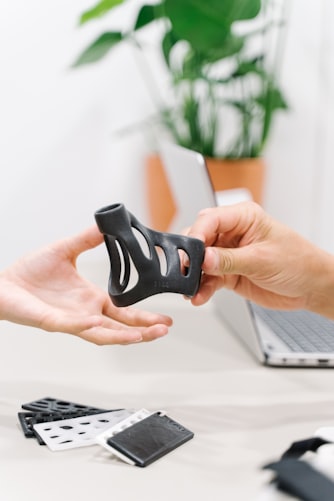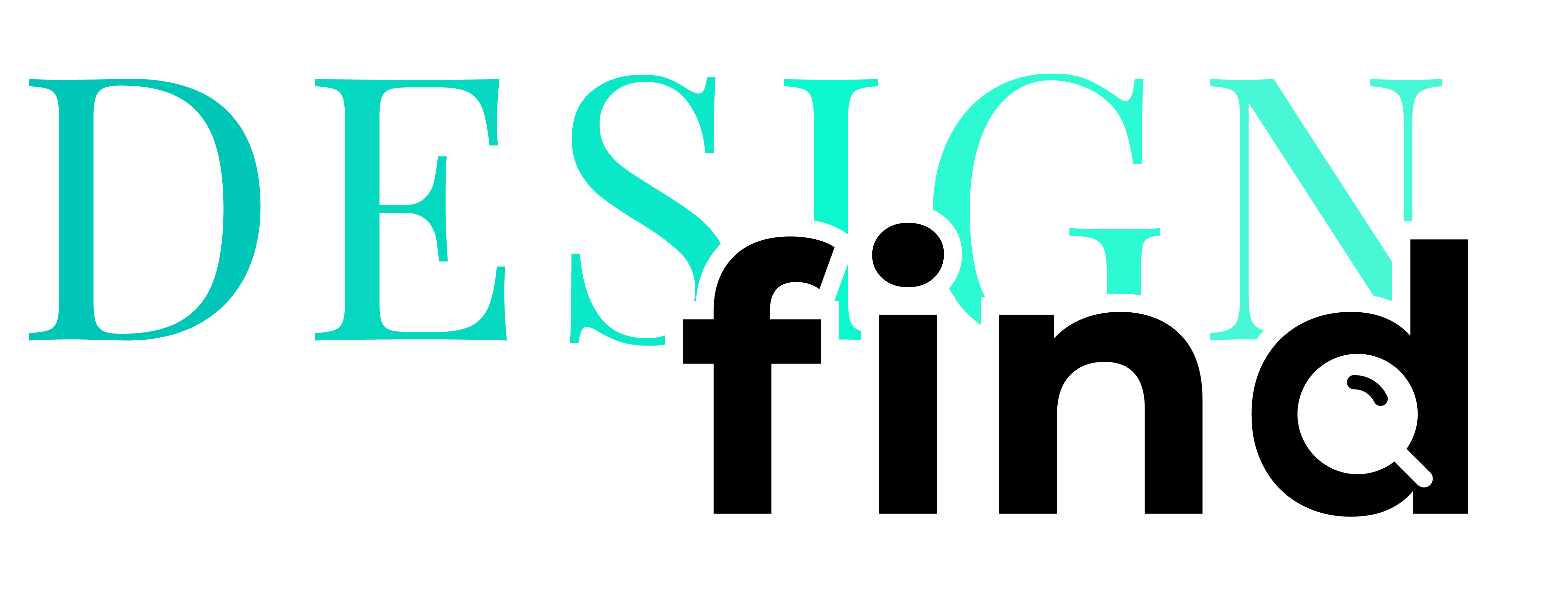Why Do We Say That the 3D Printing Perth Industry is the Future?
The very first 3D printer was produced almost 20 years ago. During that time, technology has shifted and new advances are being made regularly. While there’s a lot of hype about 3D printing at the moment, it already appears much different from what it was a decade ago. A few decades from now, the 3D printing Perth industry will look completely different from how it was today.
Speed and Efficiency
Expensive and time-consuming traditional manufacturing practices have been displaced by what can be considered as more efficient, more cost-effective, and faster 3D printing and injection molding processes.
New product developers may now obtain a quoted price for injection molding and they will quickly determine the cost of bringing a new product to market. Additionally, injection molding services have a low minimum order quantity of 100. This allows young businesses to thoroughly test a product first before making a launch.

Limitless Possibilities
Those who are outside the industry thought that plastic would be the primary material used in the early phases of 3D printing. To some extent, that assumption persisted for many years that followed. The truth is that material integration is one of the fastest-growing aspects of 3-dimensional printing technology.
Successful metal printing has changed the game. The automotive industry, for instance, is invested in this technology to leverage its market interests. The benefits are unmistakable and clear to see, from the production of prototypes and detailed scale models to the faster assembly process and lighter weight of machine parts and components.
Polymers, new metal alloys, glass, photosensitive resins, ceramics, composites, and even food — all of which are now being created for 3D printing Perth services.
No Extra Cost for Geometric Complexity
3D printing can facilitate the efficient construction of complex shapes. The vast majority of which are impossible to create if you make use of traditional manufacturing protocols.
Due to the addictive nature of 3D printing technology, geometric complexity is not likely to come at a higher price tag. Complex or organic geometries designed for performance are equally as expensive to 3D print as simpler geometries created for traditional production. There are even occasions that are far cheaper due to the number of materials used.
Affordable Startup Costs
Each part and component you will try to create or reproduce will require a unique mold informative manufacturing. It is comparable to how metal casting or injection molding works. But know that these customized instruments are not inexpensive, as they may command a tag price of thousands to several thousand each. To recuperate such expenditures, similar parts can be created a thousandfold.
Since the 3D printing Perth industry does not require specialized tooling, there are virtually no startup costs. The cost of a 3D printed object would be entirely dependent upon the material you’ve chosen to create it from, as well as the time it would take for 3-dimensional printing to complete. Lastly, is the post-processing work needed to come up with the desired finish.
Medical Benefits

For nearly two decades, the world of medicine has benefited from 3D printing technology. 3D printing procedures are already employed in creating bespoke implants and prosthetics for specific patients.
Additionally, rapid advancements are taking place in the fabrication of tissue and organs, together with other tailored apparatus and similar medical items. Moreover, insanely realistic and comprehensive anatomical models are reshaping the way medical knowledge is taught.
According to some estimates, the adoption of realistic 3D printed models could drastically cut surgical time for many patients.
Humanitarian Issues
3D printing technology is currently being considered as a possible solution to humanitarian concerns. The subject of 3D printing food items is already undergoing thorough research.
When it comes to cooking food, the possibility of using lasers within a printing machine in this aspect of food preparation is being examined. Nutritional meals printed from powder and oil cartridges could also be a solution.
Producing them would be simple and cheap if they were produced in bulk or mass-made. 3D printing’s decreased cost and efficiency will help provide homes and shelters in humanitarian crises.
